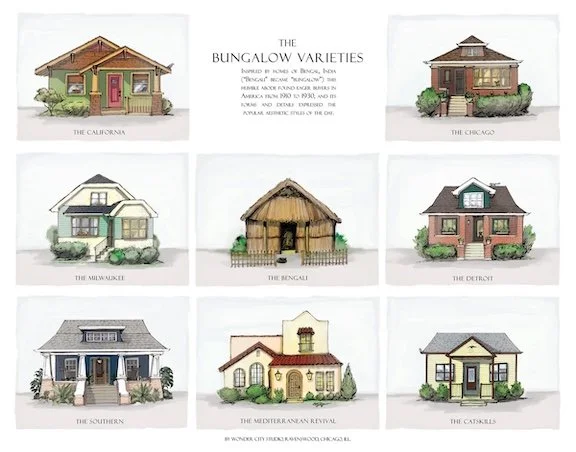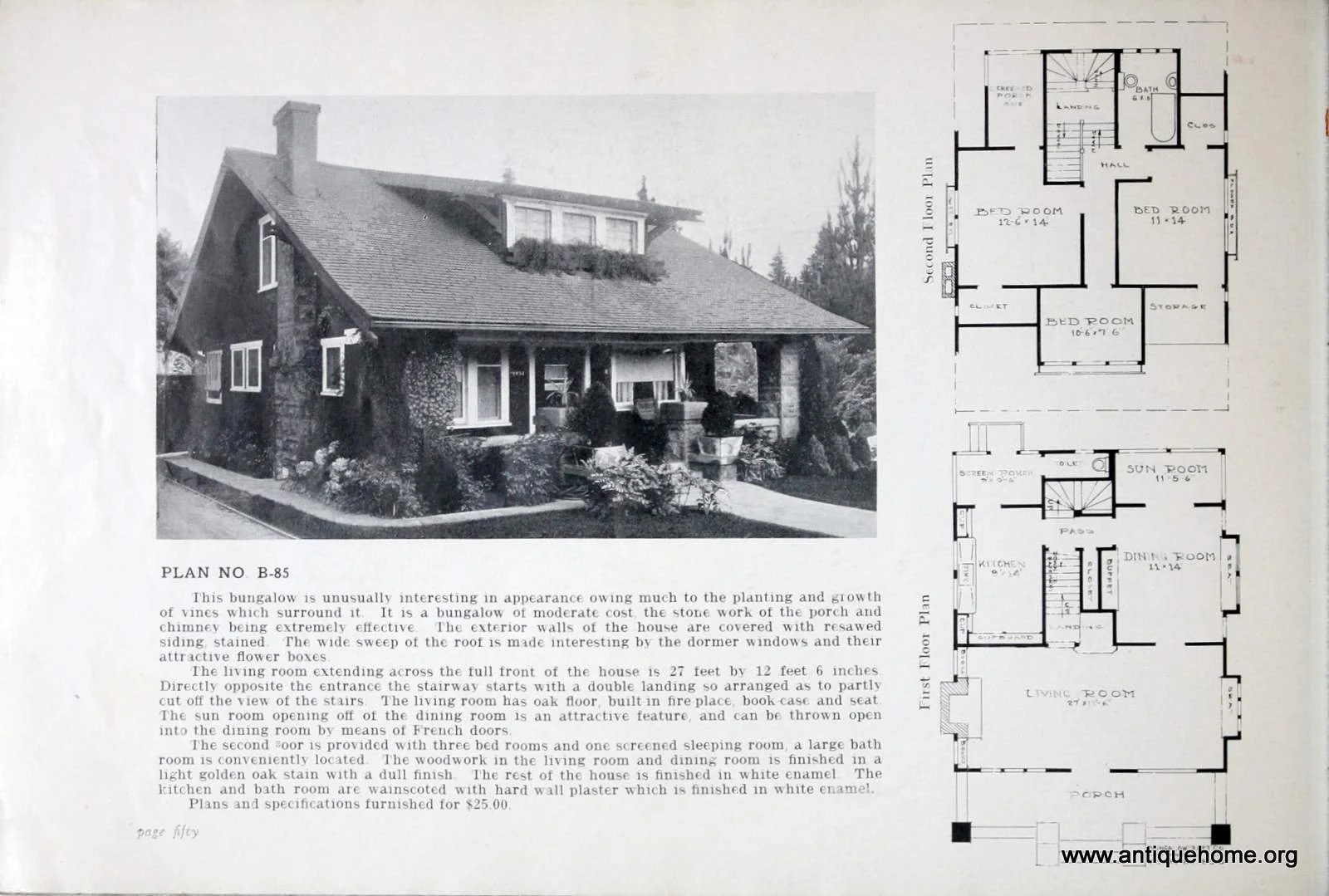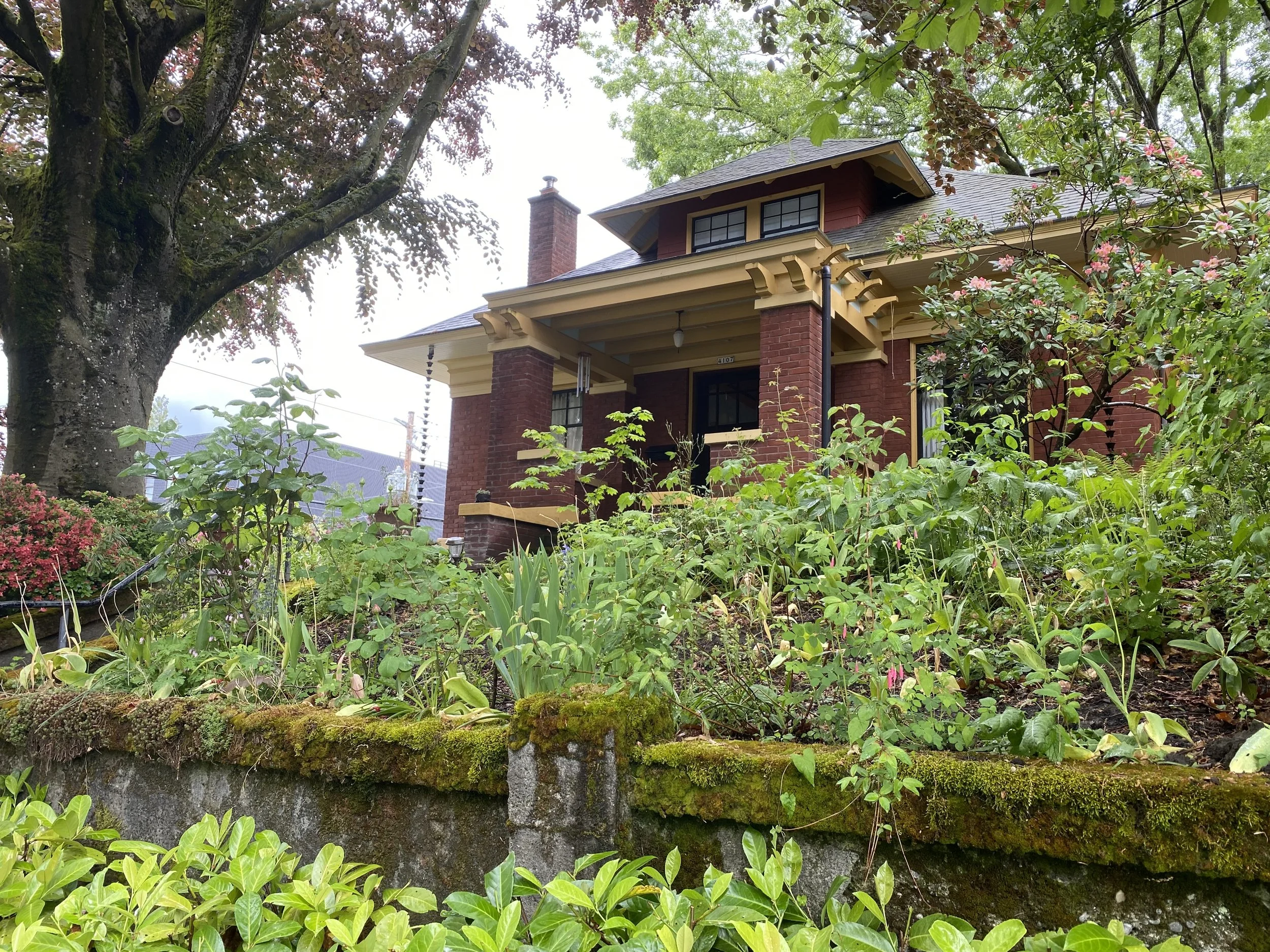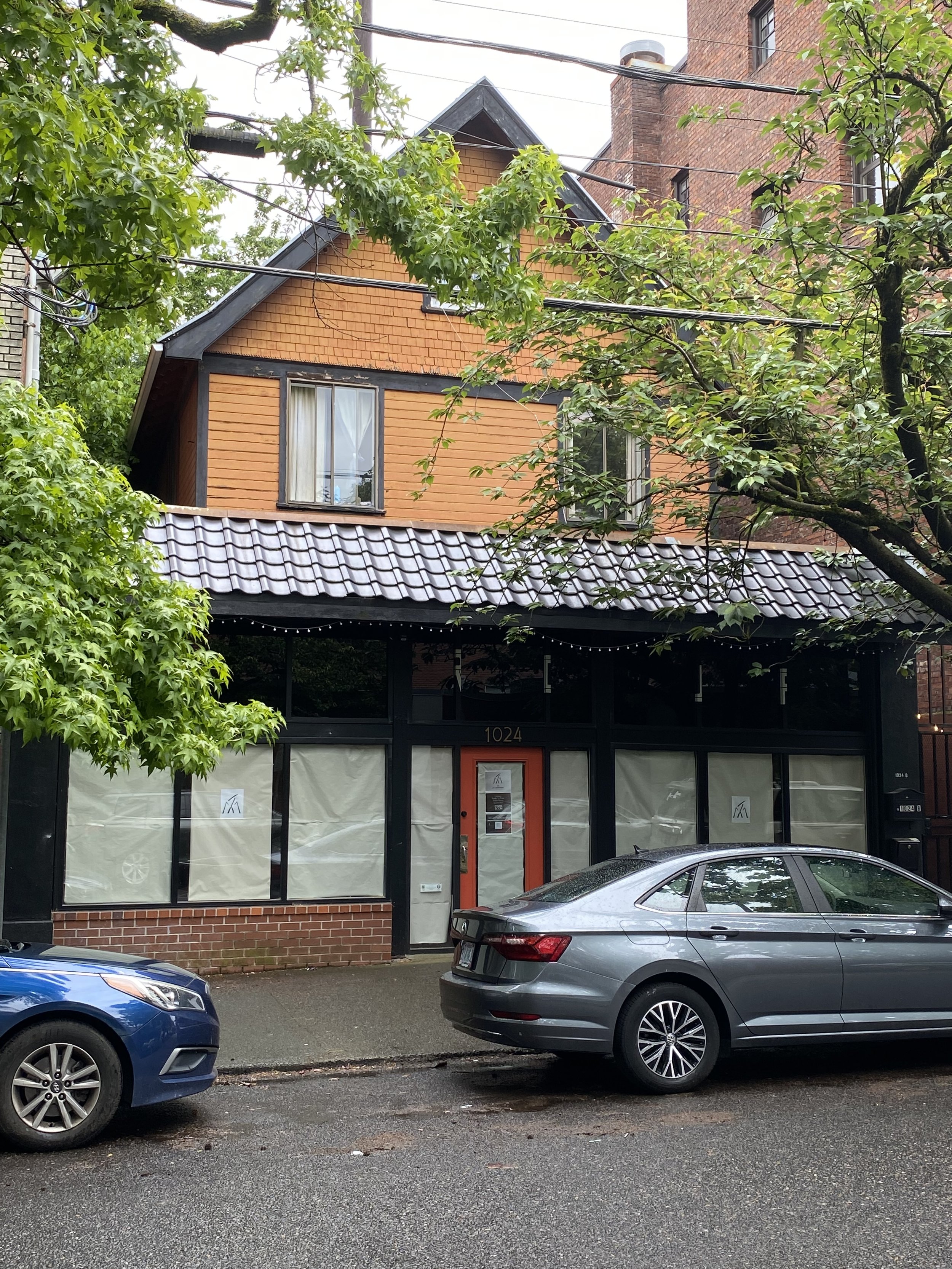Portland’s Bungalow Homes: A Legacy of Charm and Craft
Portland's neighborhoods are adorned with Bungalow-style homes, each telling a story of the city's architectural evolution and cultural heritage. These homes, prevalent from the early 20th century, continue to captivate residents and visitors alike with their distinctive features and historical significance.
What Defines a Bungalow?
A bungalow is typically a one to one-and-a-half-story house characterized by:
Low-pitched roofs with wide eaves
Covered front porches that foster community interaction
Open floor plans promote efficient use of space
Originating from the Bengali term "bangla," bungalows were adapted in the United States as affordable and practical homes, especially popular between 1900 and 1930.
Bungalow vs. Craftsman: Understanding the Distinction
While many bungalows in Portland exhibit Craftsman-style elements, it's essential to note:
Not all bungalows are Craftsman-style, and
Not all Craftsman homes are bungalows.
The Craftsman style, part of the broader Arts and Crafts movement, emphasizes handcrafted woodwork, built-in furniture, and intricate details. In contrast, bungalows refer more to the home's form and layout, regardless of decorative style.
Portland's Bungalow Boom: 1905–1930
The period between 1905 and 1930 marked a significant expansion of bungalow homes in Portland. This boom was fueled by the city's rapid growth and the demand for affordable housing. The bungalow employed a similar layout in each independent of the exterior design:
Key Features:
Open Floor Plan: Living, dining, and kitchen areas often flow seamlessly, promoting a spacious feel.
Central Living Area: The living room typically serves as the home's focal point, with other rooms branching off.
Bedrooms: Usually located on one side of the house, providing privacy from communal areas.
Front Porch: A hallmark of bungalow design, offering outdoor living space and enhancing curb appeal.
Four main types of Bungalow's:
Standard or Classic (Front-Gable) Bungalow: The most common type of bungalow in America is a one-story structure with a gable facing the street, often with a prominent, off-set, porch gable and a standard bungalow plan as we just described.
Wide-Roof or Wide-Porch Bungalow: Larger than the standard bungalow the wide-roof type has a porch that runs along the entire front facade and frequently has a living room that also extends the full length of the facade.
Such bungalows usually contain a pantry, large kitchen, a second floor primary bedroom and bath, and more elaborate woodwork inside and out; features not typically found in common bungalows. At even larger scales, these bungalows are often called Arts & Craft houses and are found in greater numbers in the city's older neighborhoods such as Irvington, the Northwest and the West Hills.
Four-Box Bungalow: Less common in Westmoreland but numerous throughout the city is the smallest version of the bungalow: the four-box bungalow. It typically has four major rooms (living, dining and two bedrooms) although later additions to the back have commonly been added.
Portland Bungalow or Colonial Bungalow: Portlanders do not have a name for this popular type of bungalow with a central porch and two symmetrical windows on either side. This is too bad because it is probably the most numerous type of house built in the city before WWII as it is in Westmoreland where approximately half its bungalows are of this type.
Beyond Residences: Bungalows in Commercial Use
While primarily residential, the bungalow style also influenced small-scale commercial architecture in Portland. Some early 20th-century offices, shops, and community buildings adopted bungalow elements, blending functionality with aesthetic appeal.
Sellwood Commercial Club - 1325 SE Umatilla (now a private residence)
Visual Tour: Portland's Bungalow Charm
To appreciate the diversity and beauty of Portland's bungalows, I've put together an admittedly random selection of bungalows in each of the cities quadrants, both notable and anonymous.
4107 N Albina - Emil Schat (Architect) Jeppessen House
2169 NW Northrup St
1024 NW 19th Ave - Lyons Grocery
3243 NE 64th Ave - Unnamed Bungalow
Bungalows are everywhere in Portland. To see numerous examples of them on a single street, check out SE Ash north of 39th (Cesar Chavez Blvd). Referred to as the Fernhaven Court development, it was known as ‘Bungalow Fairyland’!













